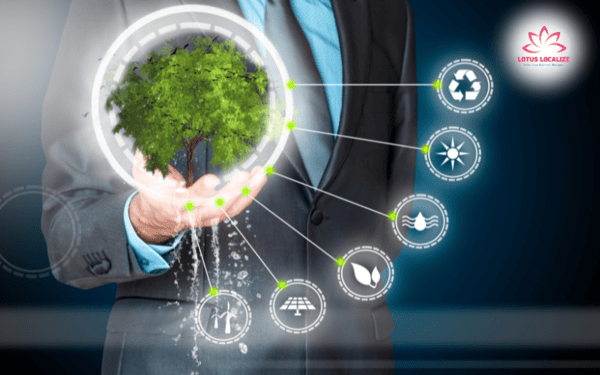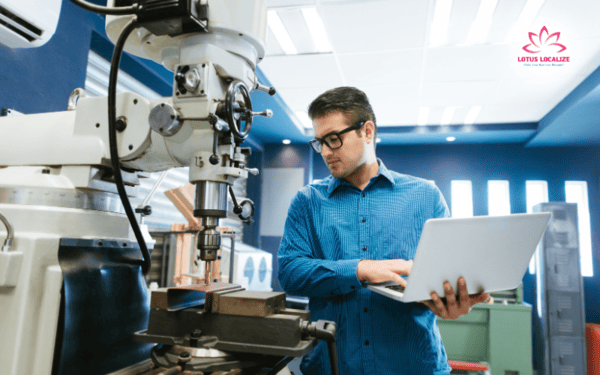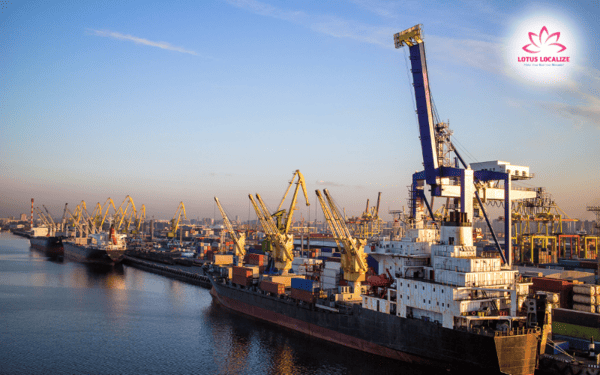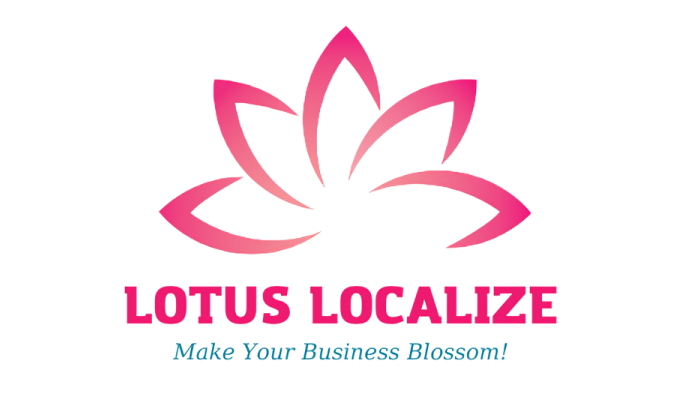
The power of aerospace translation: Breaking language barriers in aviation and space
The aerospace industry operates on a global scale, involving manufacturers, airlines, defense organizations, and space exploration agencies. Effective communication across different languages is crucial for safety, regulatory compliance, and operational efficiency. Aerospace translation plays a vital role in ensuring that technical manuals, legal documents, and regulatory materials are accurately translated, allowing seamless international collaboration. This article explores the importance of aerospace translation, the challenges it presents, and emerging trends shaping its future.
What is aerospace translation?
Definition and scope
Aerospace translation refers to the specialized process of translating documents, manuals, and communication materials related to the aerospace industry. This includes civil aviation, space exploration, and defense. Since aerospace content is highly technical and regulated, accurate translation is crucial to ensure safety, compliance, and operational efficiency across international markets.
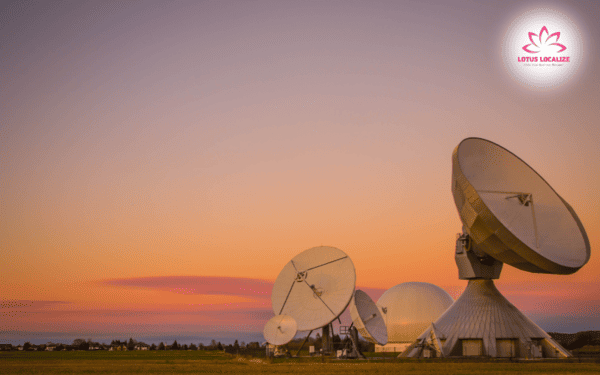
Key documents that require translation
Accurate aerospace translation covers a wide range of documents, each serving a crucial role in operations and safety. Without proper translation, misunderstandings can lead to significant operational and safety risks. Some of the key documents that require precise translation include:
- Technical manuals: Aircraft maintenance manuals (AMM), component maintenance manuals (CMM), and operational guidelines.
- Regulatory documents: Safety protocols, compliance requirements, and international aviation standards.
- Contracts and agreements: Legal documents between aerospace manufacturers, suppliers, and government agencies.
- Engineering specifications: Blueprints, research papers, and patents related to aerospace technology.
These documents are essential for ensuring proper operations, meeting safety standards, and facilitating international collaboration in the aerospace sector.
Industries that rely on aerospace translation
Aerospace translation is not limited to just airlines or aircraft manufacturers. Several industries depend on accurate translations to function effectively, including:
- Aviation: Airlines, aircraft manufacturers, and aviation authorities.
- Defense: Military organizations and defense contractors working on aircraft and space systems.
- Space exploration: Government agencies like NASA, ESA, and private companies like SpaceX and Blue Origin.
With aerospace projects spanning multiple countries, accurate translation is necessary to maintain clear communication, compliance, and efficiency across borders.
Read more: Expanding globally? Here’s why you need expert technical manual translation services
Why is accurate aerospace translation crucial?
Aerospace translation is a critical component of the global aerospace industry. Without accurate translations, communication barriers can lead to safety issues, legal disputes, and operational inefficiencies. Below are the key reasons why aerospace translation is indispensable.
Ensuring safety and compliance
In the aerospace industry, even minor translation errors can lead to severe consequences, including equipment malfunctions, safety risks, and regulatory violations. Compliance with international regulations set by organizations such as the FAA (Federal Aviation Administration), EASA (European Union Aviation Safety Agency), and ICAO (International Civil Aviation Organization) is mandatory.
A single mistranslation in safety documentation or technical manuals can jeopardize lives and lead to legal repercussions. Proper aerospace translation ensures that all safety and compliance-related content is accurately communicated across languages.
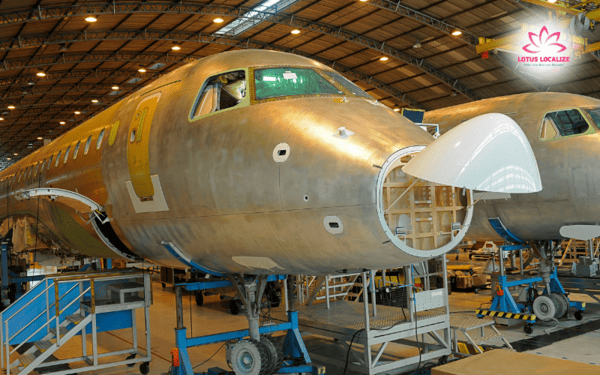
Supporting global collaboration
The aerospace industry operates on a global scale, with manufacturers, engineers, and operators from different countries working together. Effective translation ensures seamless communication between aircraft manufacturers, airlines, space agencies, and suppliers across various linguistic and cultural backgrounds.
Without accurate translations, misinterpretations can delay projects, hinder operations, and create costly misunderstandings between international partners. By breaking down language barriers, aerospace translation fosters stronger global cooperation and innovation.
Reducing legal and operational risks
Mistranslations in contracts, technical manuals, or safety procedures can lead to legal disputes, project delays, and financial losses. Proper aerospace translation minimizes these risks by ensuring clarity and accuracy in every document.
Companies that invest in high-quality aerospace translation reduce their exposure to potential lawsuits, regulatory penalties, and operational inefficiencies. In an industry where precision is critical, accurate translation is not just a necessity—it is a strategic advantage.
By addressing these key areas, aerospace translation plays a fundamental role in ensuring that aerospace companies operate safely, efficiently, and in compliance with international regulations.
Key challenges in aerospace translation
While aerospace translation is essential, it comes with significant challenges that require specialized expertise and industry knowledge. From technical terminology to regulatory compliance, translators must navigate multiple complexities to ensure accuracy and effectiveness.
Highly technical terminology and industry-specific jargon
Aerospace documents contain complex technical terms that require deep industry knowledge. Translators must be familiar with engineering concepts, aviation technology, and industry-specific acronyms to ensure accurate document translations. Without this specialized knowledge, translations can become inaccurate or misleading, potentially leading to operational issues or safety hazards.
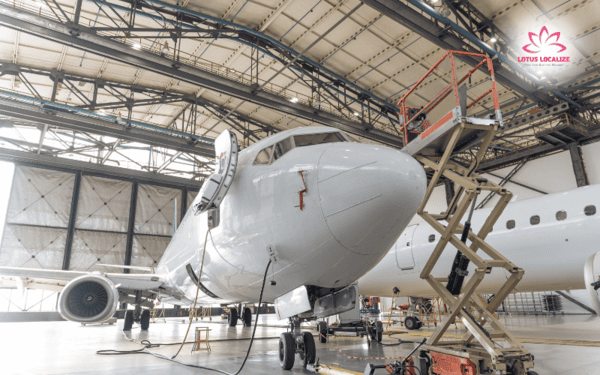
Regulatory and legal requirements
The aerospace sector is heavily regulated, with different countries enforcing strict legal and safety standards. Aerospace document translation must comply with FAA, EASA, ICAO, NASA, and other regulatory authorities to avoid legal issues and ensure operational approval. Staying up to date with changing regulations and accurately conveying legal requirements in multiple languages is a critical challenge that requires expert translators with industry experience.
Complexity of aerospace documents
Unlike general translation, aerospace translation involves intricate content such as:
- Detailed engineering blueprints that require precise terminology.
- Patents and research papers that must maintain technical integrity.
- Multilingual instruction manuals where accuracy is critical for aircraft maintenance and operation.
These documents often contain specialized diagrams, codes, and structured data that demand an advanced understanding of aerospace engineering and aviation systems. Translators must ensure that every detail is translated with precision to maintain clarity and usability.
Multilingual consistency across global teams
Aerospace companies operate in multiple countries, requiring documents to be translated into various languages. Maintaining terminology consistency across multiple translations is a challenge, often requiring glossaries, translation memory tools, and industry standards to ensure uniformity. Inconsistencies in translation can lead to confusion and operational inefficiencies, affecting international collaboration and compliance.
Overcoming these challenges requires skilled translators, advanced translation technology, and rigorous quality control processes to ensure accurate and reliable aerospace translations.
Read more: The key to success in aerospace: Why aviation translation matters?
Differences between aerospace and aviation translation
While both aerospace and aviation translation involve specialized content, they serve different purposes. Understanding the distinctions between them is crucial for ensuring accurate translations in each field.
- Aerospace translation covers a broader range, including aviation, defense, and space exploration.
- Aviation translation is specifically focused on civil and commercial aviation, including airline documentation, flight manuals, and passenger information.
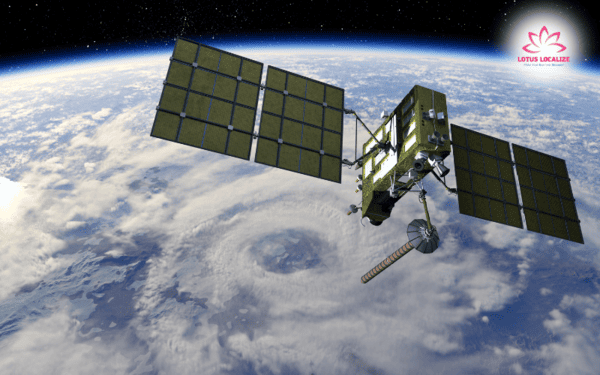
Both aerospace and aviation translations require high precision, but aerospace translation often deals with defense and space technologies, where confidentiality and technical accuracy are even more critical. A mistranslation in a military aircraft system or space mission manual could have severe consequences.
By understanding these differences, companies can ensure they are using the right translation services tailored to their specific needs.
The future of aerospace translation
The impact of AI and automation
Advancements in Artificial Intelligence (AI) and machine translation are transforming the aerospace industry. AI-powered translation tools can handle large volumes of text quickly, but human expertise is still essential for ensuring accuracy, context, and regulatory compliance.
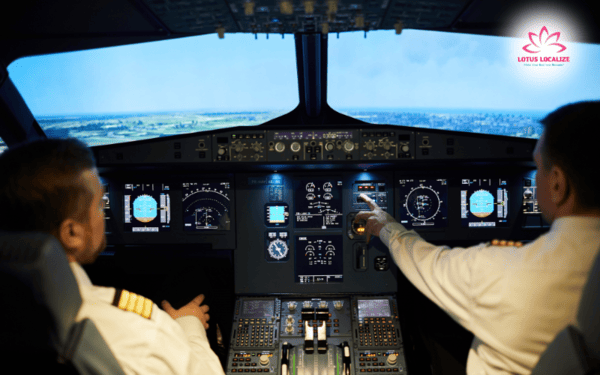
How globalization is driving the need for multilingual aerospace documentation
As the aerospace industry expands into new markets, the demand for multilingual documentation is increasing. Companies must provide translated materials in multiple languages to support international operations and partnerships.
Emerging trends in aerospace translation
The aerospace translation industry is constantly evolving, with new technologies and methodologies enhancing efficiency and accuracy. Some key trends shaping the future of aerospace translation include:
- AI-assisted translation for faster processing of technical documents.
- Terminology management systems to ensure consistent translations.
- Increased demand for certified aerospace translators to meet regulatory standards.
Aerospace translation plays a vital role in ensuring safety, compliance, and operational efficiency in aviation, defense, and space exploration. Given the complexity and technical nature of aerospace documents, professional translation services are essential to prevent errors, reduce risks, and facilitate global collaboration. As technology continues to evolve, the future of aerospace translation will see a blend of human expertise and AI-powered solutions to meet the growing demands of this dynamic industry.
📢 Looking for professional aerospace translation services? Contact Lotus Localize today to ensure accuracy and compliance in your multilingual aerospace documentation.
If you have any questions or need assistance with document translation services for many industries: life sciences translation, education translation, IT translation, financial translation, marketing translation, manufacturing translation, government translation,… and interpretation services: escort interpreting, simultaneous interpretation, remote interpretation, and localization services: software localization, game localization, app localization,… please contact Lotus Localize immediately at +84 866 224 968 or visit the website: lotus-localize.com for advice on the best solutions!
QUALITY PROMISE
Lotus Localize offers consistent, high-quality service delivery in all customer engagements. Our in-house translators and staff adhere to well-established business processes, allowing us to communicate properly, deliver on time, and surpass client expectations.


